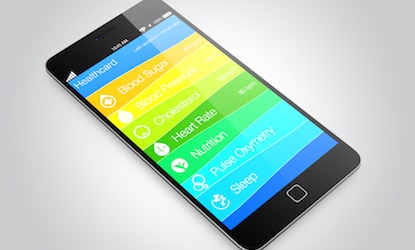When it comes to digital health, we’ve seen many industry leaders adopt the dashboard format of reporting data. This format is a powerful tool for clarifying information to physicians and patients and impacting positive outcomes. However, not all dashboards are created equal (or are equally effective). The secret to developing the right dashboard is to learn how you should inform the user and anticipate their needs over time. So, here’s a recipe with simple design steps for constructing a dynamic dashboard...

There’s no shortage of data these days between wearables, personal health information and other sources of measurable health behavior. Thus, the fundamental first step you should take is to listen to and capture this flow of information. Collecting a broad variety of data, data types and data sources establishes the foundation of a good design that can be used for nearly any healthcare purpose. (Check out these resources that help gather data: __DeltaIQ__)
It’s one thing to have a ton of data, and quite another to truly understand the background and context of a person’s life and health. Asking the right questions upfront about variables that aren’t as easy to capture – depression, debt, loss of a family member, caregiver, etc. – helps identify the user's context . This can then be coupled with the data to create a clearer, more holistic picture. Seeing the data combined with contextual information is the easiest way to explain what are often times very complex health situations. It's important to prioritize the information and include actionable next steps which can further empower the visual data presented.
Once the data and context are visualized, what do you do with it? Here’s one example: Data collected on a person with a high glucose level and family history of diabetes can trigger a storyline with clear, actionable next steps. Telling the story to the patient – in the form of warning signs, positive movement and/or reinforcement – can help give support.
“Baby steps. Baby steps.” You’ve probably heard the phrase once or twice. As humans we are inherently resistant to change, but small changes eventually add up to huge results. Small steps in engagement over time via the use of a dashboard tend to be highly effective as a method of positively impacting behavior. It’s helpful to design in a way that allows the whole solution to slowly pivot and adapt. For example: Using insights you’ve gathered, like the way a patient prefers to communicate, may help users feel more comfortable sharing valuable information - which can then be used to encourage behavior change.
Following these steps to an effective digital health dashboard – capturing data and context, presenting it in a compelling way, and using intelligent interactions to influence behavior change – will help establish healthy conversations through the design solution. An effective dashboard takes time to create and may have several iterations.
Leave your details below and we'll be in touch soon.
